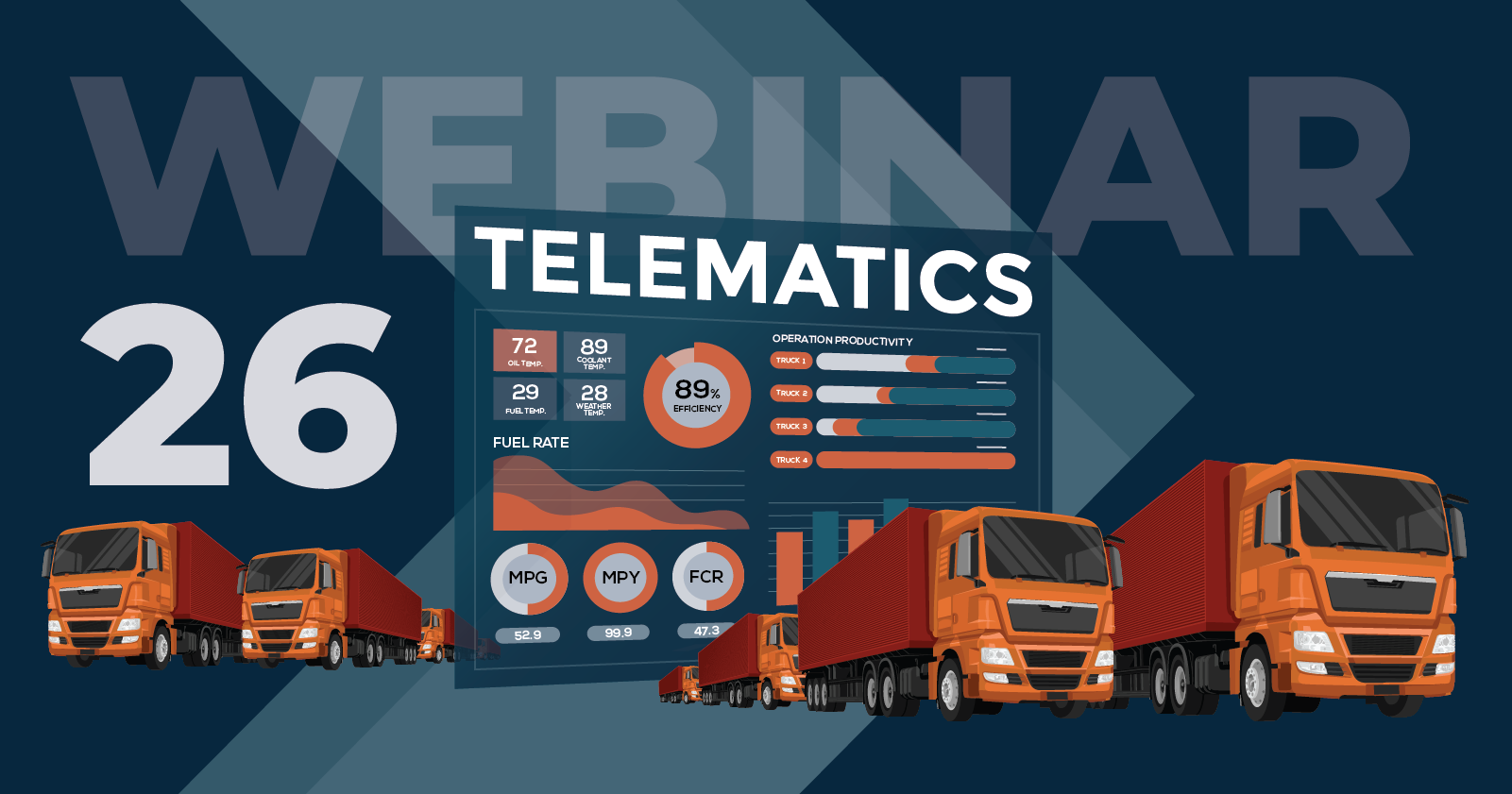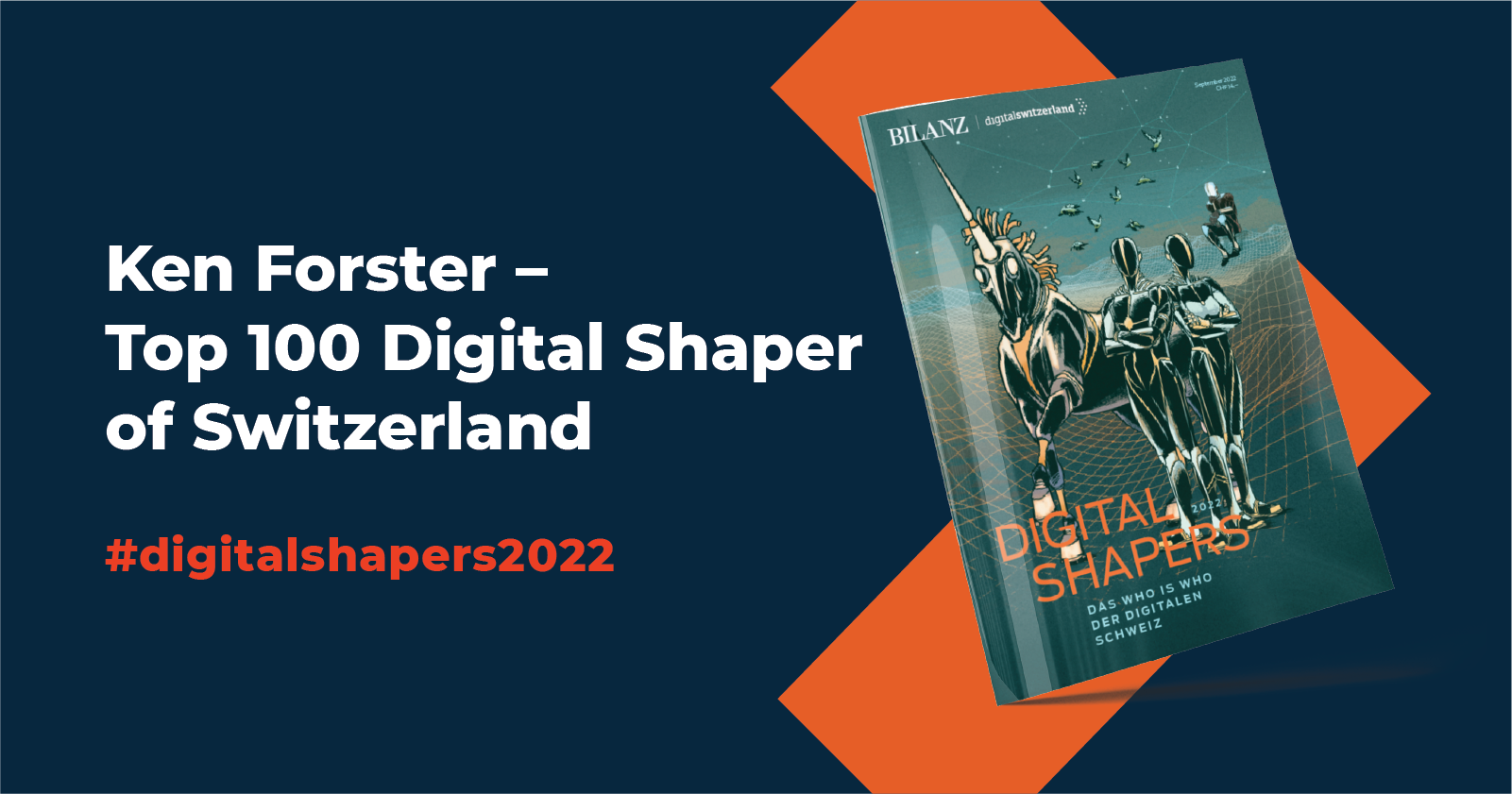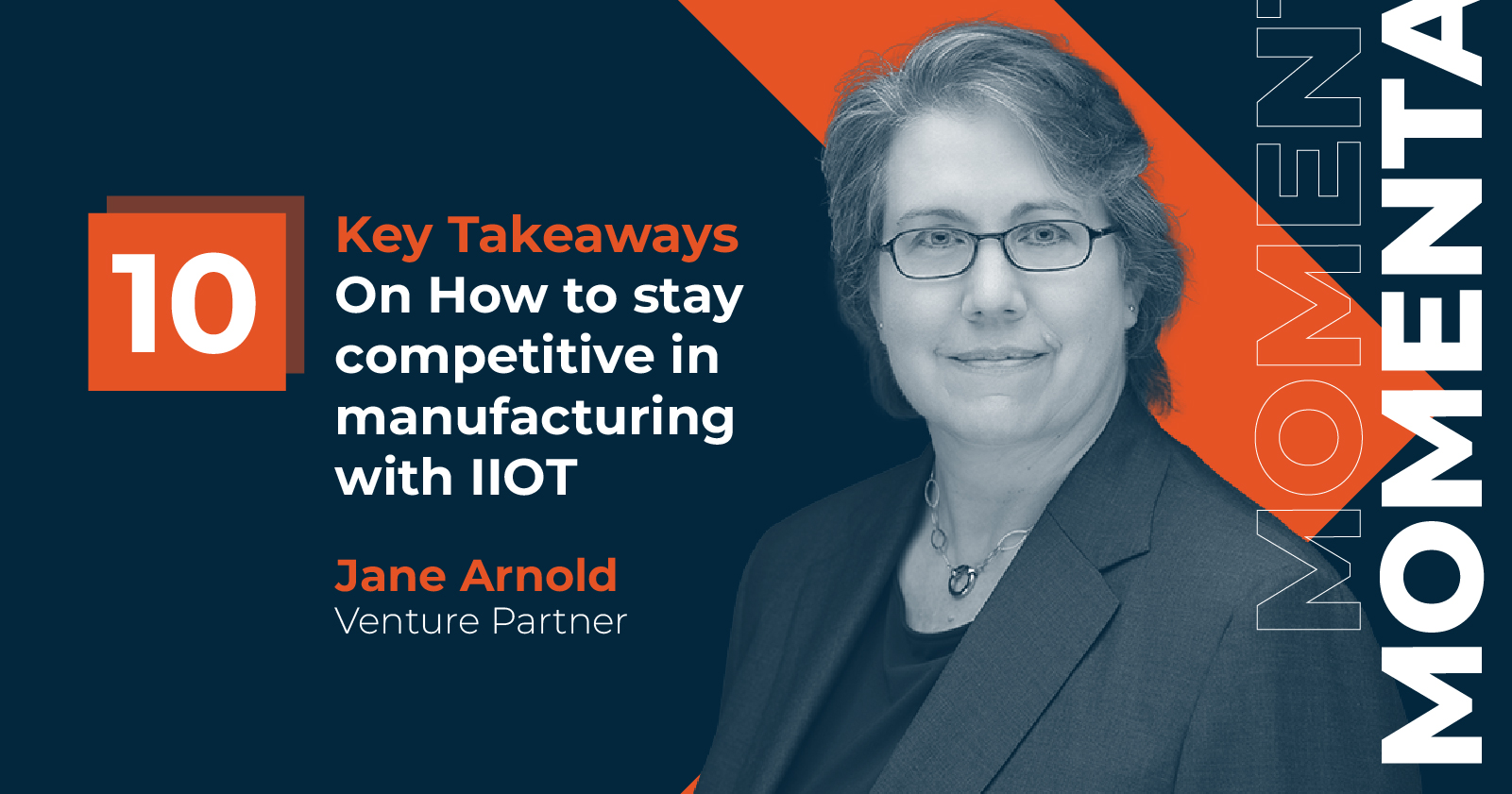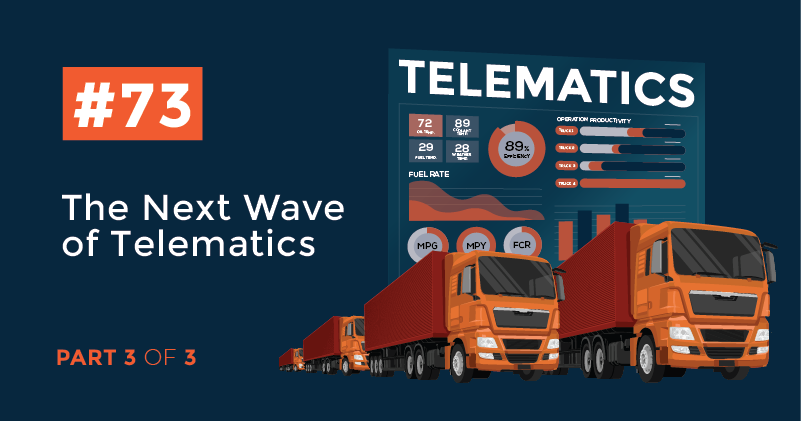Digital Industry Insight #71
Telematics’ vertical market dynamics (1 of 3)
Bill O'Such
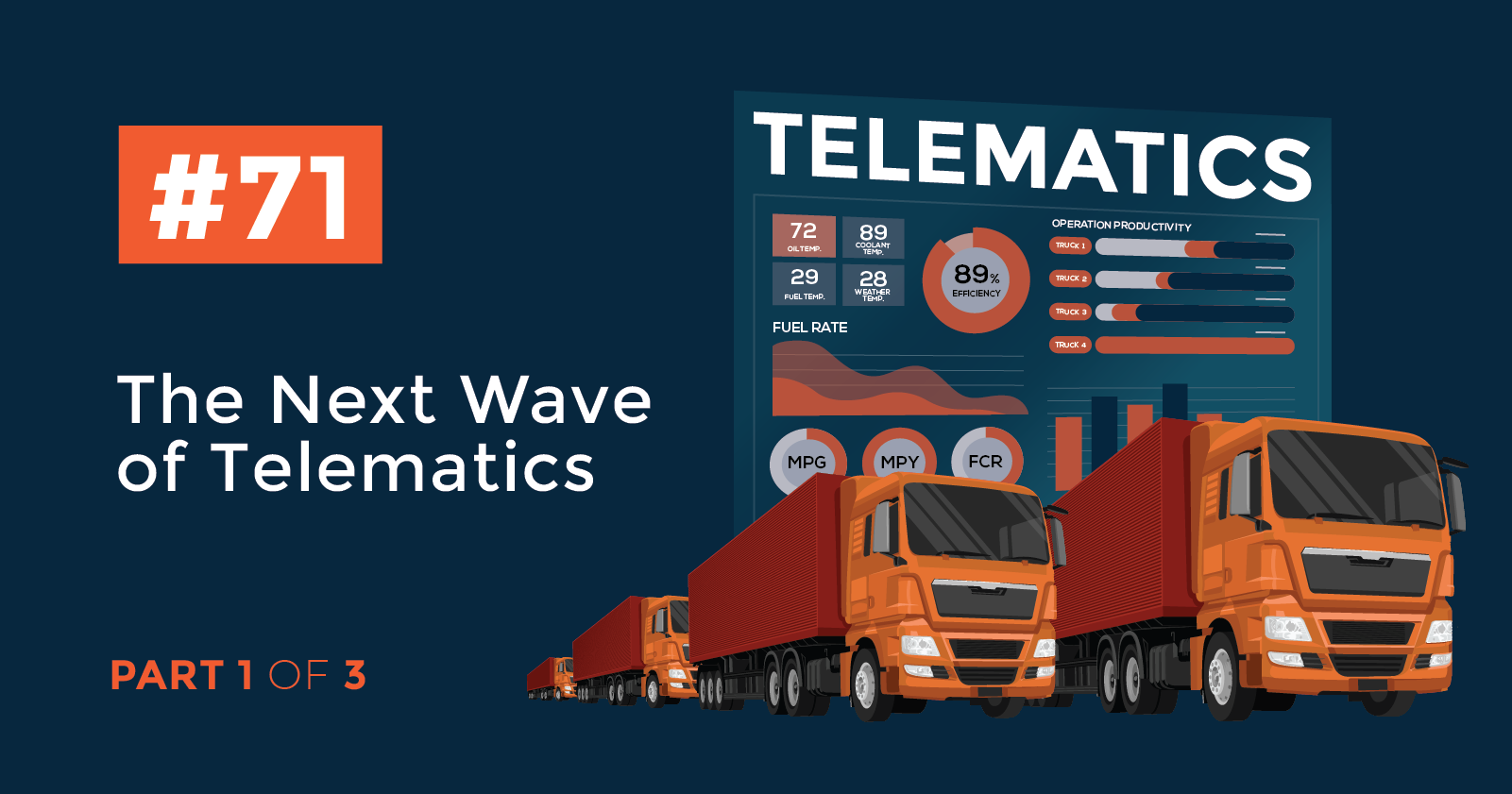
Telematics’ vertical market dynamics
Telematics has evolved from simply “dots on a map” to a mandatory capability that enables visibility of vehicles, optimization of vehicle-centric operations, and refinement of driver behavior in near real-time across the telematics value chain. This visibility is now being integrated tightly into operations in key vertical markets that directly drive top and bottom-line results for telematics customers.
In this first article of three articles, we’ll look at the market forces catalyzing the importance and increased use of telematics in business operations. In subsequent articles, we’ll be exploring the market forces (e.g., sustainability/ESG, electrification, autonomy, connected car, mobility, etc.), as well as the resulting architecture & ecosystem shift among OEMs, tier 1s, and technology providers. Finally, we’ll deep-dive into the resulting market-specific changes for construction.
![]()
What is Telematics?
Telematics, in a nutshell, is the convergence of wireless communications, location technologies, and in-vehicle electronics that enables businesses to provide value-added services to users, drive engagement in new ways, create new business opportunities, reduce costs, and improve efficiencies while delivering superior products and services.
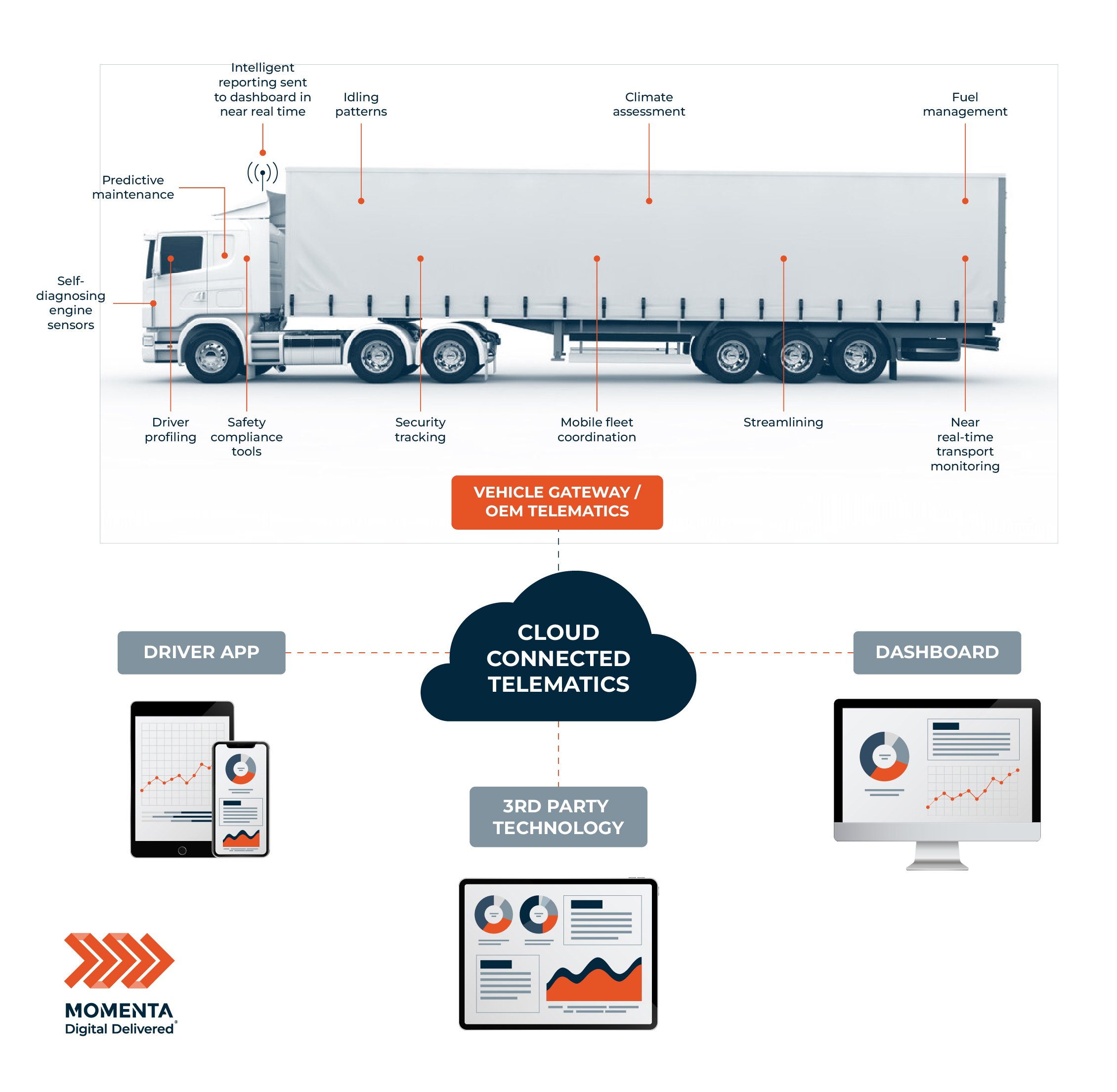
Telematics platforms are made up of sensors and other data gathered from drivers and vehicles that are aggregated by a "gateway" on the vehicle. Most gateways communicate with the cloud using cellular networks, where data is pooled for display in dashboards and further analysis via analytics and third-party applications. These dashboards show the vehicle's position and status, the condition of the products inside, and ancillary sensor data.
Telematics began as a method of tracking vehicles. Allowing power companies or garbage disposal companies, for example, to know where their trucks are at all times. When managing the dispatch of a small number of cars, these "dots on the map" were particularly beneficial for fleet owners to see the exact location of their vehicles, drivers, and commodities.
The vehicle will gradually provide more sensor data, allowing for the prediction of maintenance and other issues. ELDs, for example, added driver information to the vehicle data stream to monitor or manage driver fatigue and safety, as well as to coach and provide feedback proactively - all of which are operational features. The most recent wave of maturity includes interfaces and workflows that allow users to tightly integrate telematics insights into their business operational software, having a significant impact on the top and bottom lines.
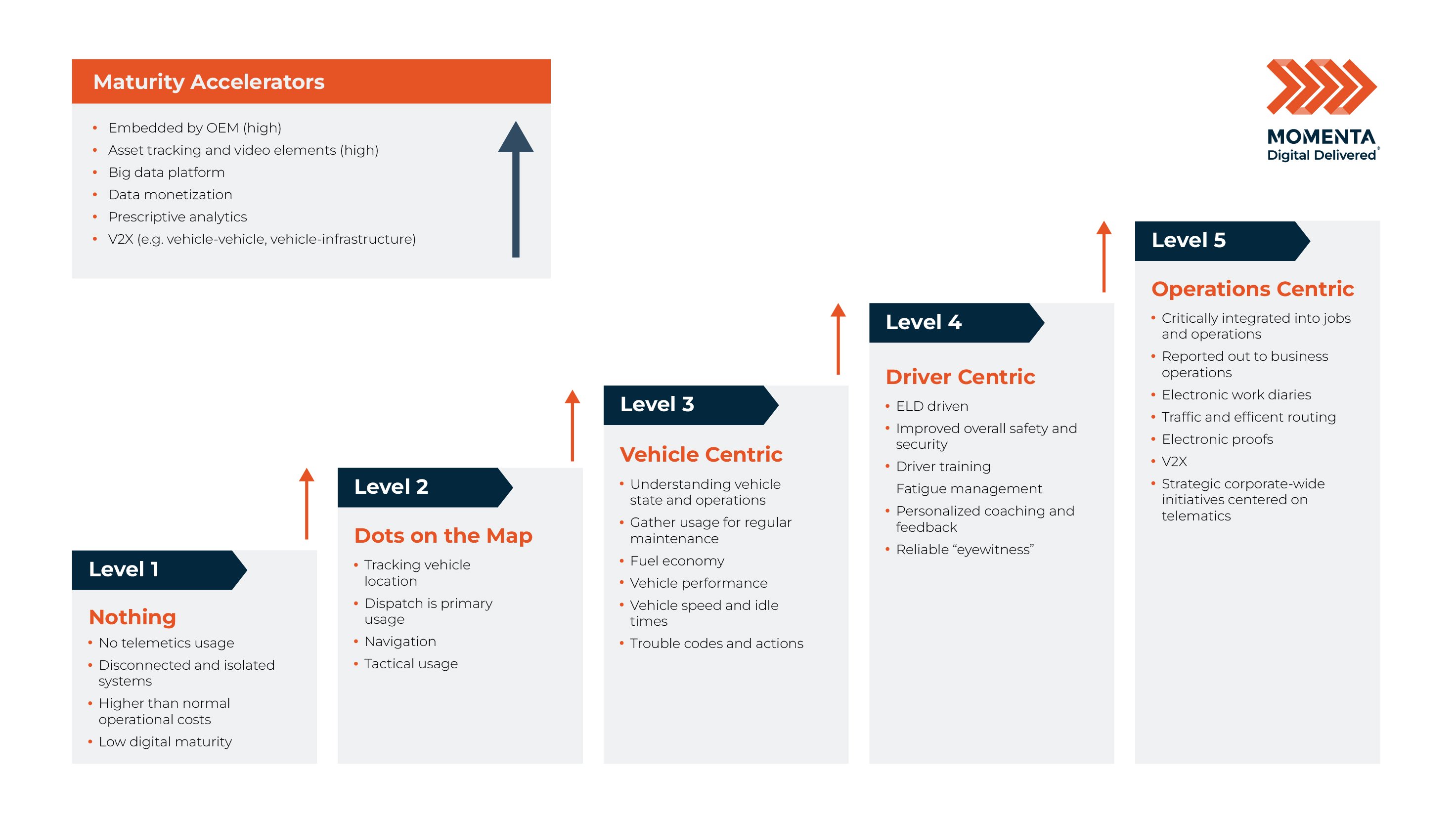
This video shows how the movement of vehicles is directly integrated into what is happening within a business. The pandemic accelerated this integration, during which supply chains were stressed to the extreme.
Telematics can solve these problems!
To highlight this phenomenon, we examined some major challenges faced by the five key vertical markets listed below:
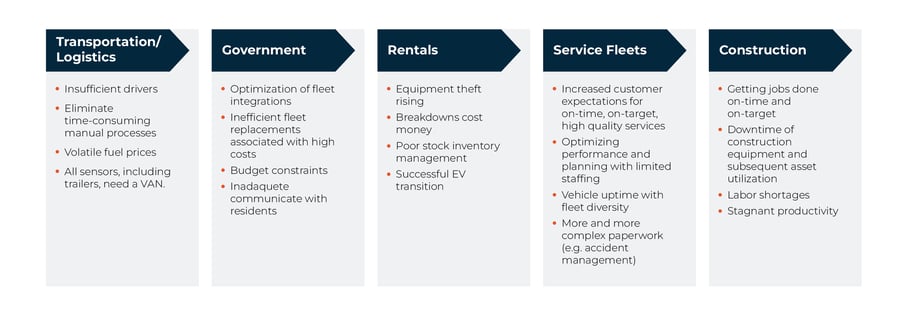
All five verticals have one thing in common operational integration is heavily reliant on refining and leveraging vehicle and business data through analytics and presenting the results through a single-pane-of-glass application that delivers customer value optimized for the specific vertical markets and use cases.
A concrete example is a major car rental company that discovered that gathering tire pressure information increased the lifetime of their tires, with the results going directly to the bottom line by replacing tires less frequently. By having continuous information on tire pressure, the agency proactively adjusted the tire pressure to nominal, thus reducing wear and extending tire life. Hence, they improved both the vehicle and its operational availability and cost, resulting in enhanced business economics.
Another example is when a major carrier integrated engine and other vehicle data into their workflow processes; they reduced breakdown times from one every 300 days to one every 1000 days, resulting in a threefold improvement. Like tire pressure monitoring, proactive and preventative maintenance can be performed by having more continuous data on the engine, eliminating vehicle downtime, and improving business operations.
Finally, in government, cities with significant snow removal can communicate closely with residents on the performance and timing of snow removal with real-time updates and results that improve their resident’s satisfaction with government operations.
In this post, we discussed how telematics value is shifting to driving business operations and becoming more integrated into business ROI. We anticipate that over 90% of businesses will need a telematics strategy within the next 3-5 years. We recommend that you examine your company carefully and assess whether or not you should be utilizing telematics more effectively or whether or not you should be using telematics at all. Please get in touch with one of our advisors to discuss how Telematics can provide value-added services, drive engagement in new ways, and create new business opportunities for your organization.
Dive deeper into our Telematics series:
- Telematics’ vertical market dynamics (1 of 3)
- Disruption across the Telematics Value Chain (2 of 3)
- How Telematics adds value to the construction industry (2 of 3)

Keep abreast of the most recent telematics innovations that are transforming business operations.
This webinar is for Digital Industry executives at OEMs, Tier 1s, and technology providers interested in leveraging Telematics to transform their business operations.
During this webinar, a panel of industry experts will be discussing the following:
- The evolution of telematics and specific use cases
- Market forces driving disruptions and impacting market dynamics
- Resulting in new architectures and evolving ecosystems
- Deep dive into how telematics is revamping on/off-road and construction operations
If you are unable to attend, registering ensures that you will receive a link to the recorded webinar once it is available.

Momenta is the leading Digital Industry Advisory firm accelerating growth for our clients across energy, manufacturing, smart spaces, and supply chain, both organically and inorganically. To learn more about our Value Acceleration Programs, click here.
Momenta is the leading Digital Industry venture capital + growth firm accelerating deep tech innovators across energy, manufacturing, smart spaces, and supply chain. For over a decade, our team of deep industry operators have helped scale industry leaders and innovators via our award-winning executive search and strategic advisory teams.

